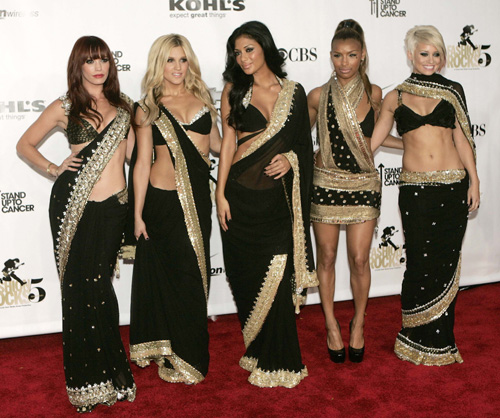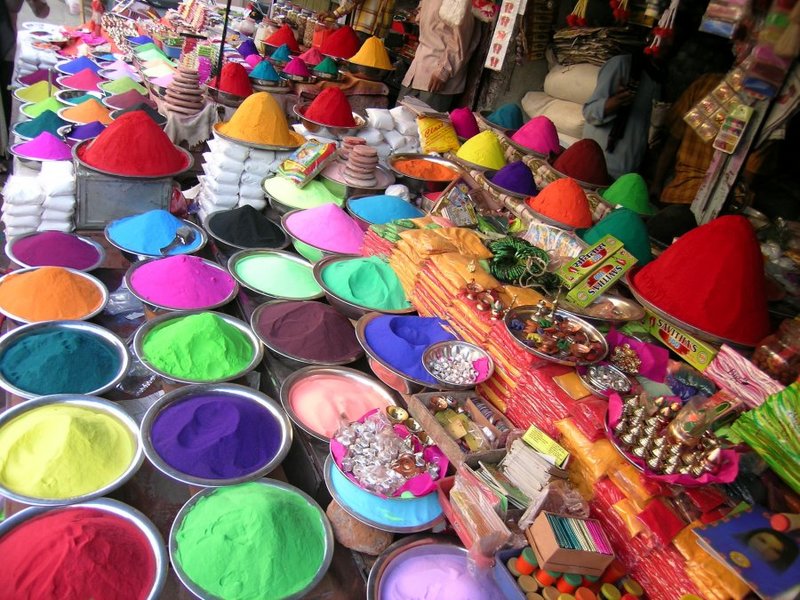by Drima Chakraborty, Change Maker
Racial Harmony Day is a dreaded day of the year for Indian girls in local schools. It seems like everyone who is not Indian decides to “wear” (or “sushi wrap”?) a sari. Don’t get me wrong, we love it when friends to borrow a sari or actually try to learn how to put it on. But it is disrespectful when they buy a 12-foot piece of cloth, wrap it haphazardly, and call that a sari; or when cliques of Singaporean Chinese girls take pictures with their hands joined and a leg in the air in some mockery of yoga. But they don’t recognise this is racist.
Indian girls in local schools. It seems like everyone who is not Indian decides to “wear” (or “sushi wrap”?) a sari. Don’t get me wrong, we love it when friends to borrow a sari or actually try to learn how to put it on. But it is disrespectful when they buy a 12-foot piece of cloth, wrap it haphazardly, and call that a sari; or when cliques of Singaporean Chinese girls take pictures with their hands joined and a leg in the air in some mockery of yoga. But they don’t recognise this is racist.
To achieve gender equality, we need to think about how racial inequality persists. People of the same gender are not equal among one another, because of race. Yet, when I bring up racism and how it works together with sexism and other forms of discrimination, I get told to quit being a malcontent and keep it down.
Singapore prides itself in being post-racial – I encounter the attitude that we were colonised too and therefore can do no wrong racially. Some schoolmates even claimed to be above all this pettiness and commented that feminism and activism was great, but how my too direct, too rough approach discredited everything I did – suggesting they were unwilling to hear uncomfortable truths.
But for non-Chinese women in Singapore, the experiences of racial discrimination and gender discrimination cannot be separated. Upon being crowned Miss Singapore Universe, Rathi Menon of Indian origin was bombarded with hate on social media and forums, by Singaporeans who felt that she was unrepresentative of Singaporean beauty. She was brown-skinned unlike everyone’s favourite Korean pop icons or the pale East Asian women in SKII commercials.
 I found myself on the receiving end of this when a well-liked girl in school made an online posting using an anti-black slur, and then continued reiterating that the slur in question was not racist at all. When I challenged this, the responses were appalling: “You’re not black, just dark brown, so why be the defender of black minorities?” “Stop trying to be the model minority, there are no black people here.” Who gave them the permission to use these words in the absence of black people?
I found myself on the receiving end of this when a well-liked girl in school made an online posting using an anti-black slur, and then continued reiterating that the slur in question was not racist at all. When I challenged this, the responses were appalling: “You’re not black, just dark brown, so why be the defender of black minorities?” “Stop trying to be the model minority, there are no black people here.” Who gave them the permission to use these words in the absence of black people?
Many of the women and girls who defended me, who were not East Asian, were subjected to insults on our appearances – a case where sexism and racism came together.
We need more awareness of the reality of racial discrimination in Singapore. Too many people hear “regardless of race, language or religion” and believe that all of us are treated fairly. Questioning this belief is taken to be racist. “Colour-blindness” means that the racial majority does not realise that we need equity, not equality. Equality is seeing that the scales are unbalanced and then adding equal amounts of weight to both sides, while equity is adding more weight to the lighter side to balance the two sides. To balance the scales, policies and social studies needs to be more inclusive of race, and not “blind” to it.
We have to look beyond this façade and critically examine our micro-aggressions towards other races, firstly within activist spheres, and then within our larger community. If not, it will continue to be the case that I get racial slurs hurled at me when I discuss gender equality or sexist slurs when I discuss racial equality. We need spaces where we can be free of both sexism and racism – also known as an intersectional approach. Race has to be recognised as a feminist issue.
About the author: Drima is a trash-talker and brown intersectional feminist. They suggest you not wear a sari by holding it in place and spinning in a circle about twenty times.

 Let’s first break down Arquette’s exact words to understand exactly why they were so controversial:
Let’s first break down Arquette’s exact words to understand exactly why they were so controversial: